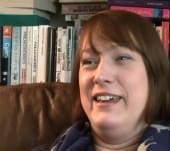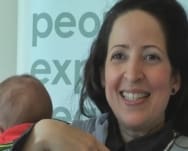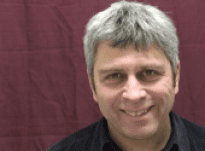
Kate
Kate was diagnosed with HIV when pregnant with her second child. She has had two children after her diagnosis. Excellent antenatal care, caesarean sections and baby formula, instead of breastfeeding, ensured that there was no transmission of the virus from mother to babies. Her current antiretroviral therapy (ART) is Atripla and her CD4 count is 600.
Separated, 3 children, works full-time. Ethnic background: Black African.








